
AllQuestion and Answers: Page 5
Question Number 206340 Answers: 2 Comments: 0
Question Number 206339 Answers: 1 Comments: 0
Question Number 206338 Answers: 1 Comments: 0

Question Number 206367 Answers: 4 Comments: 2
Question Number 206332 Answers: 1 Comments: 0
Question Number 206328 Answers: 2 Comments: 0
Question Number 206323 Answers: 0 Comments: 0

Question Number 206322 Answers: 1 Comments: 1
Question Number 206321 Answers: 2 Comments: 0
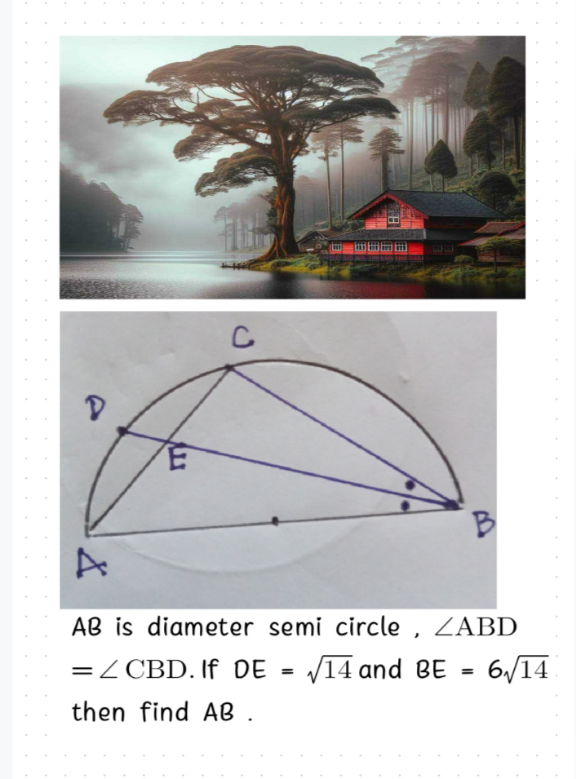
Question Number 206319 Answers: 0 Comments: 0

Question Number 206318 Answers: 0 Comments: 0
Question Number 206362 Answers: 2 Comments: 0
Question Number 206311 Answers: 0 Comments: 0
Question Number 206309 Answers: 2 Comments: 0
Question Number 206303 Answers: 1 Comments: 0
Question Number 206302 Answers: 2 Comments: 0

Question Number 206300 Answers: 0 Comments: 4
Question Number 206294 Answers: 2 Comments: 2
Question Number 206292 Answers: 2 Comments: 0
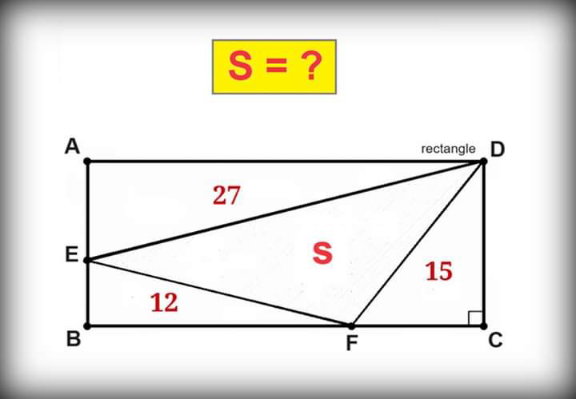
Question Number 206275 Answers: 3 Comments: 0
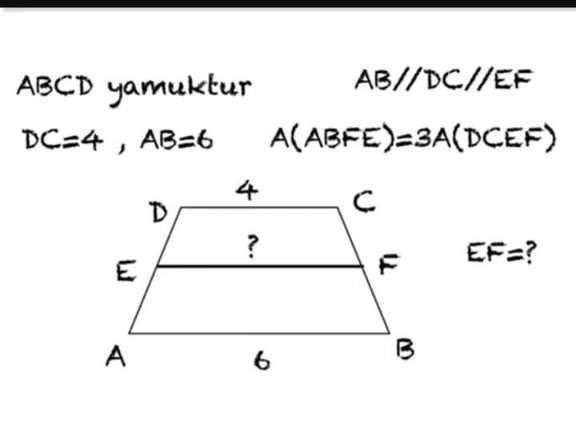
Question Number 206273 Answers: 1 Comments: 0
Question Number 206269 Answers: 3 Comments: 2
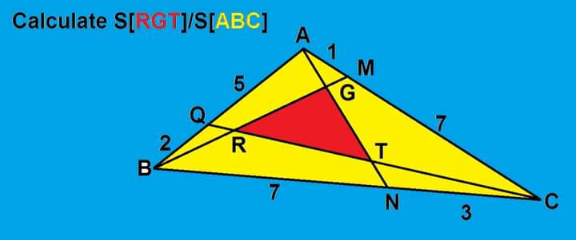
Question Number 206267 Answers: 0 Comments: 1
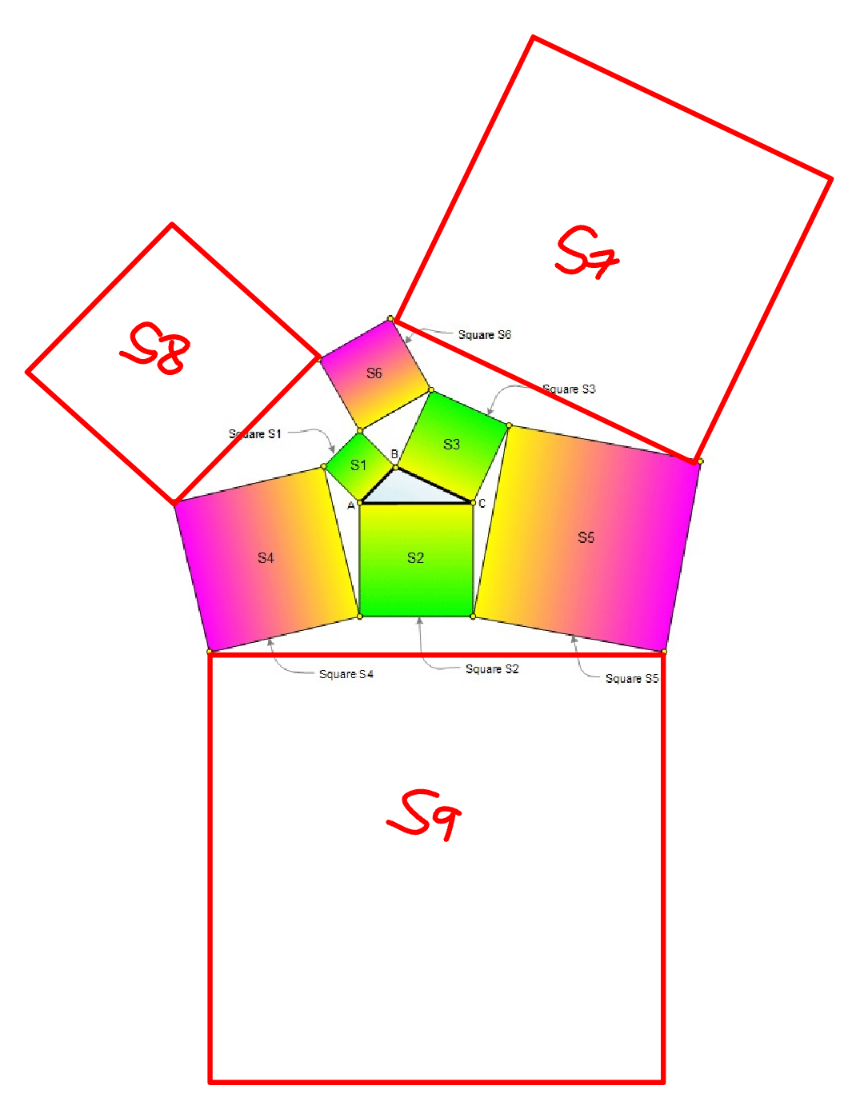
Question Number 206253 Answers: 2 Comments: 0
Question Number 206251 Answers: 1 Comments: 0
Question Number 206248 Answers: 1 Comments: 0
